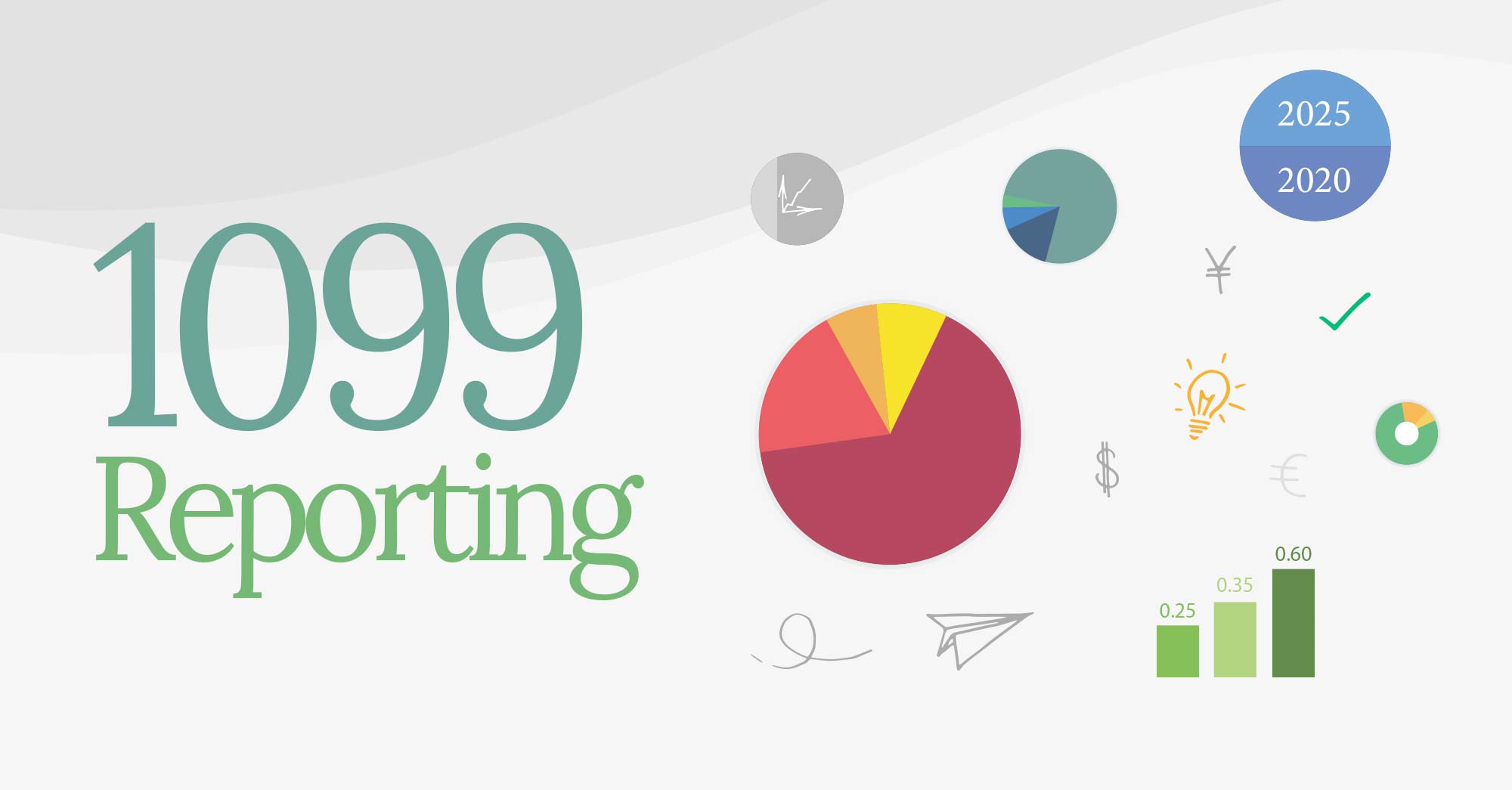Managing an employee stock plan can feel like a never-ending battle against paperwork.
The yearly submission Form 1099 is the perfect example of how this paperwork mountain can rapidly scale, and leave you feeling totally consumed.
What is it?
Form 1099 is simply a financial return document with information the IRS needs about how much you’ve paid an employee outside of their standard day-to-day entitlements.
The form is used to report income, proceeds, etc, for a calendar year (January 1 through December 31), regardless of the fiscal year used by the payer or payee for other Federal tax purposes.
There are 21 variations of income that can be listed on a 1099, and your company is obliged to provide one to all employees or sub-contractors during the normal course of your business.
Three or four copies are made: one for the payer, one for the payee, one for the IRS, and, if required, one for your State Tax Department.
In order to save paper, you can give your employees a combined 1099, which collates all their transactions for the entire year.
When is it due?
The deadline to file Copy A with the IRS is January 31 of any given year if you’re reporting payments in box 7. Otherwise, the deadline is February 28, if you file on paper, and April 1 if you file electronically.
What happens if I miss the deadline?
There is a sliding scale of financial penalties in place if the 1099 is not submitted. How much? $50 per submission if you file within 30 days, $100 if you file more than 30 days late, but before August 1 and $260 if you file on or after August 1.
In 2018, the IRS made a number of changes to 1099 returns that made accurate and timely submission vitally important. These amendments have led to an increase in the penalties that companies were liable for due to incorrect information being submitted.
Perhaps even more critical, with the removal of the 30-day extension that once existed to allow for the correction of incorrect information there, has been an increase in financial penalties too.
Tips:
1. Be prepared
Having access to completely accurate tax identification numbers and addresses has never been more important.
2. How to track down missing information
If you’re scrambling to locate employee information that is required to complete a form, then a W-9 form is the most efficient way to collect all of this critical data. A returned form will provide you with a tax ID number, mailing information and other information that should prevent financial penalties.
3. Internal communication is key
Make sure that all the various departments across your company are collating and reporting the same metrics. If the information isn’t being logged and centrally managed, it makes a collection of information more difficult than it should be. Having processes in place year-round will make the process a lot less stressful.
4. Automate everything
Technology can automate a lot of the collection and distribution of 1099 tasks associated with annual filings. Copy A of Form 1099 can be submitted through the Filing a Return Electronically portal on the IRS website, so use accounting software to cut down on the work.
Read more about our financial reporting software here.
Request a free demo
If you’d like to see for yourself how the Global Shares stock plan administration software can help your company create 1099s seamlessly and quickly, book a one-on-one, no-obligation consultation today and we’ll demonstrate our award-winning software.
This publication contains general information only and J.P. Morgan Workplace Solutions is not, through this article, issuing any advice, be it legal, financial, tax-related, business-related, professional or other. J.P. Morgan Workplace Solutions’ Insights is not a substitute for professional advice and should not be used as such. J.P. Morgan Workplace Solutions does not assume any liability for reliance on the information provided herein.



